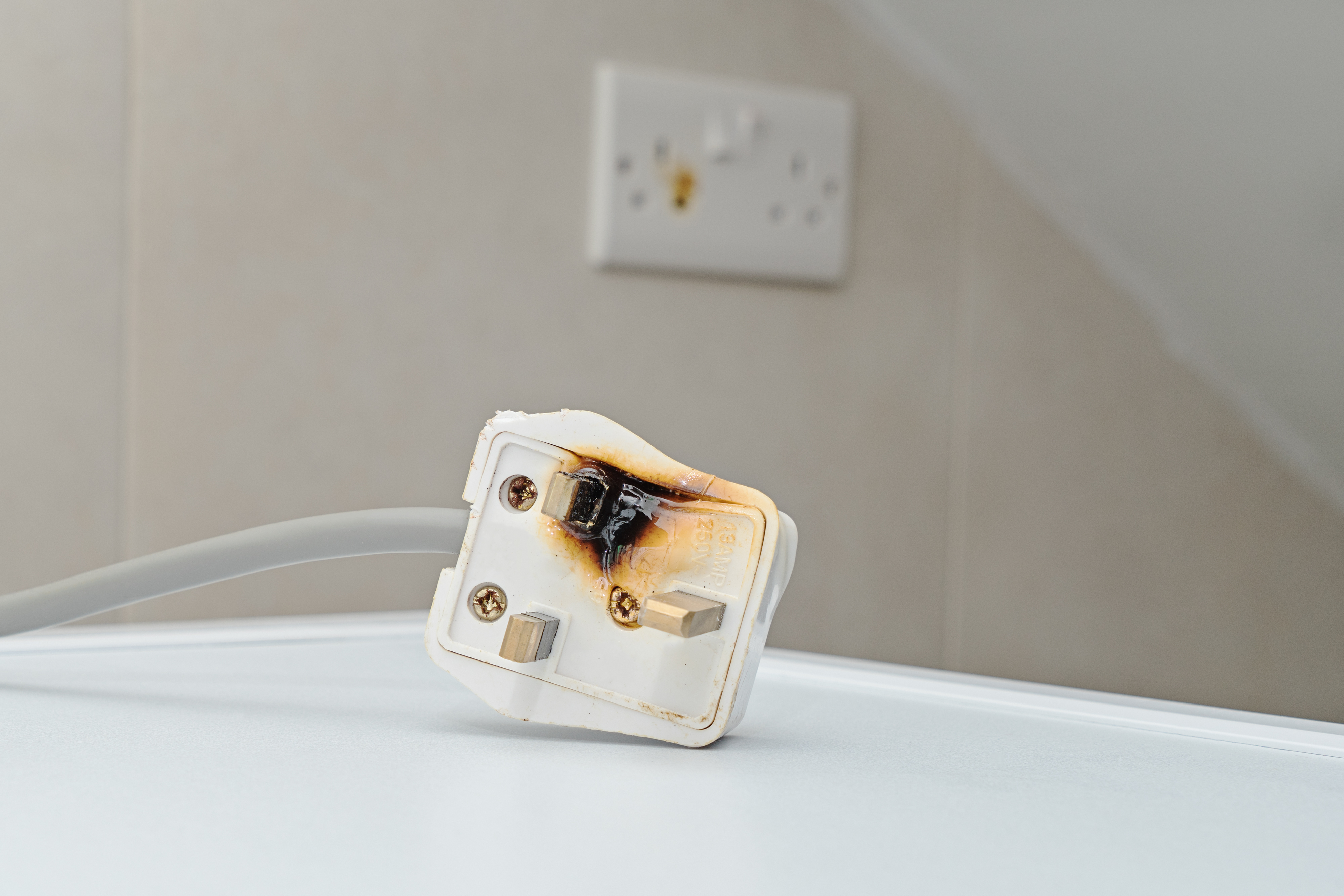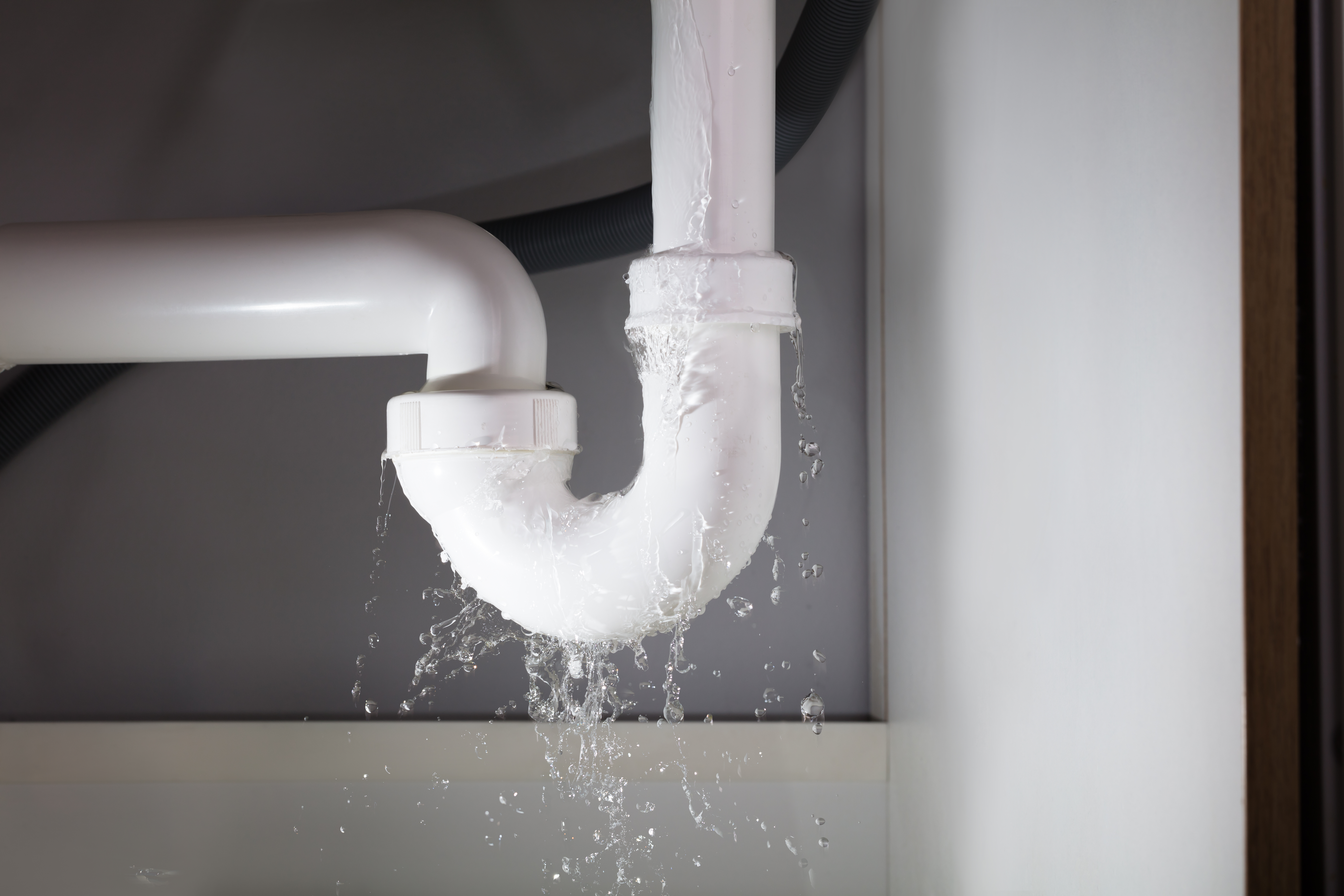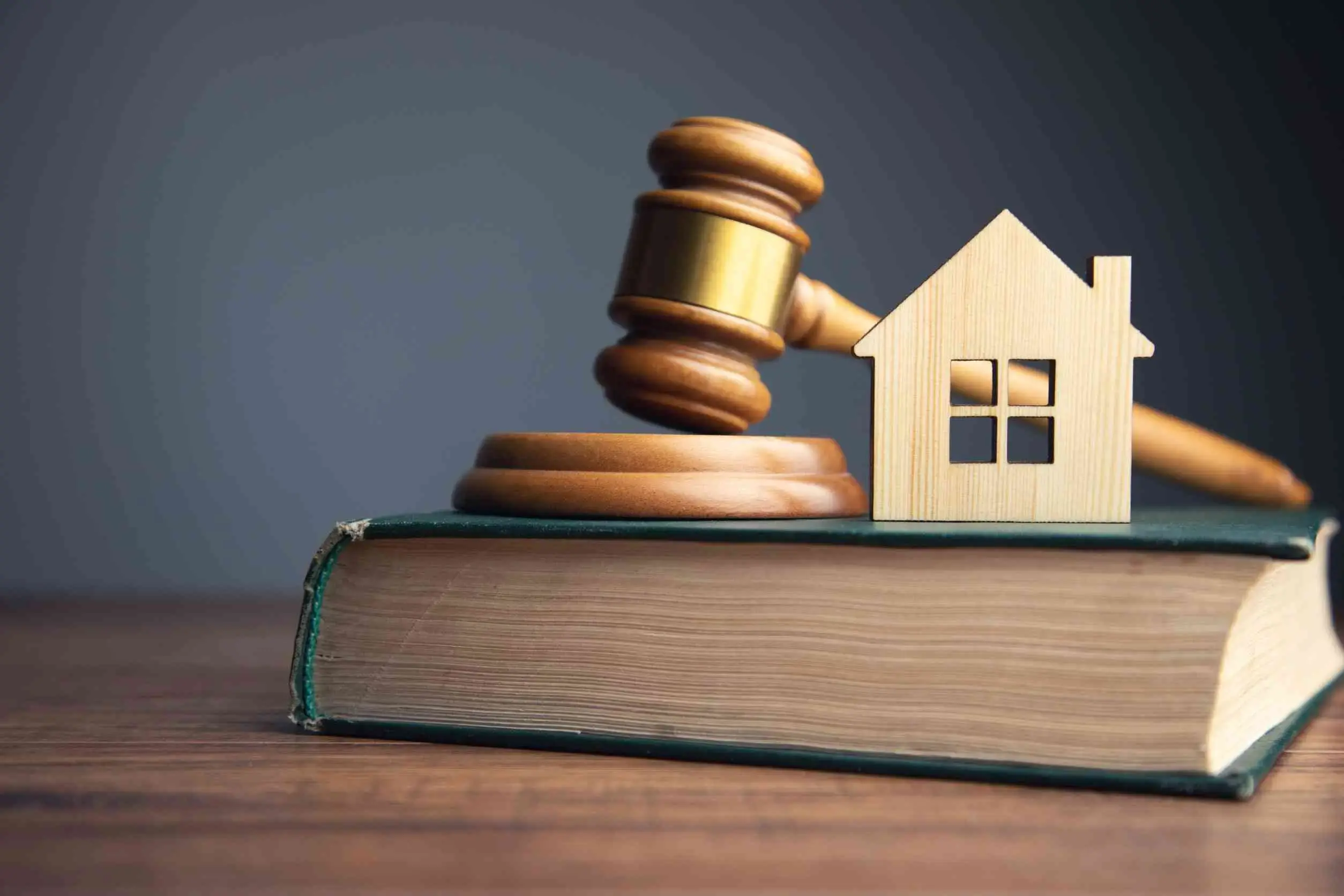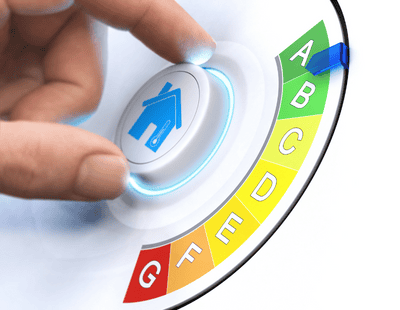The landlord’s responsibilities
The landlord has to look after:
- a) The exterior of the dwelling and structural elements of the dwelling, and
- b) The inside facilities which are part of the dwelling.
Installations inside the dwelling that are looked at:
- Water, Gas and Electricity. These items must have whatever is needed for their proper use. All equipment necessary to supply these utilities must be fully, safely and correctly installed. Any removable equipment or appliances using gas or electricity are not counted as “installations” unless provided by the landlord.
- Personal Hygiene covers installations such as proper wash hand basins, showers and/or baths.
- Sanitation and drainage covers lavatories, WC basins, drains, waste pipes, rainwater goods, inlet gullies and inspection chambers.
- Food safety covers sinks, draining boards, work tops, cooking facilities (or cooker points and space for cooking facilities), cupboards and/or shelves for storing cooking and eating utensils and equipment. It also includes food storage facilities (which these days are usually just electricity sockets and refrigerator space).
- Ventilation covers elements such as airbricks, trickle vents, opening lights to windows and mechanical and non-mechanical ventilation equipment.
- Space and water heating installations that cover any kind of fitted space heating appliance(s) or central heating system. Moveable heaters provided by the occupier are not included. Installations for heating water cover any kind of fitted water system for providing the instant or stored heated water. Kettles and other appliances of that kind are not included.
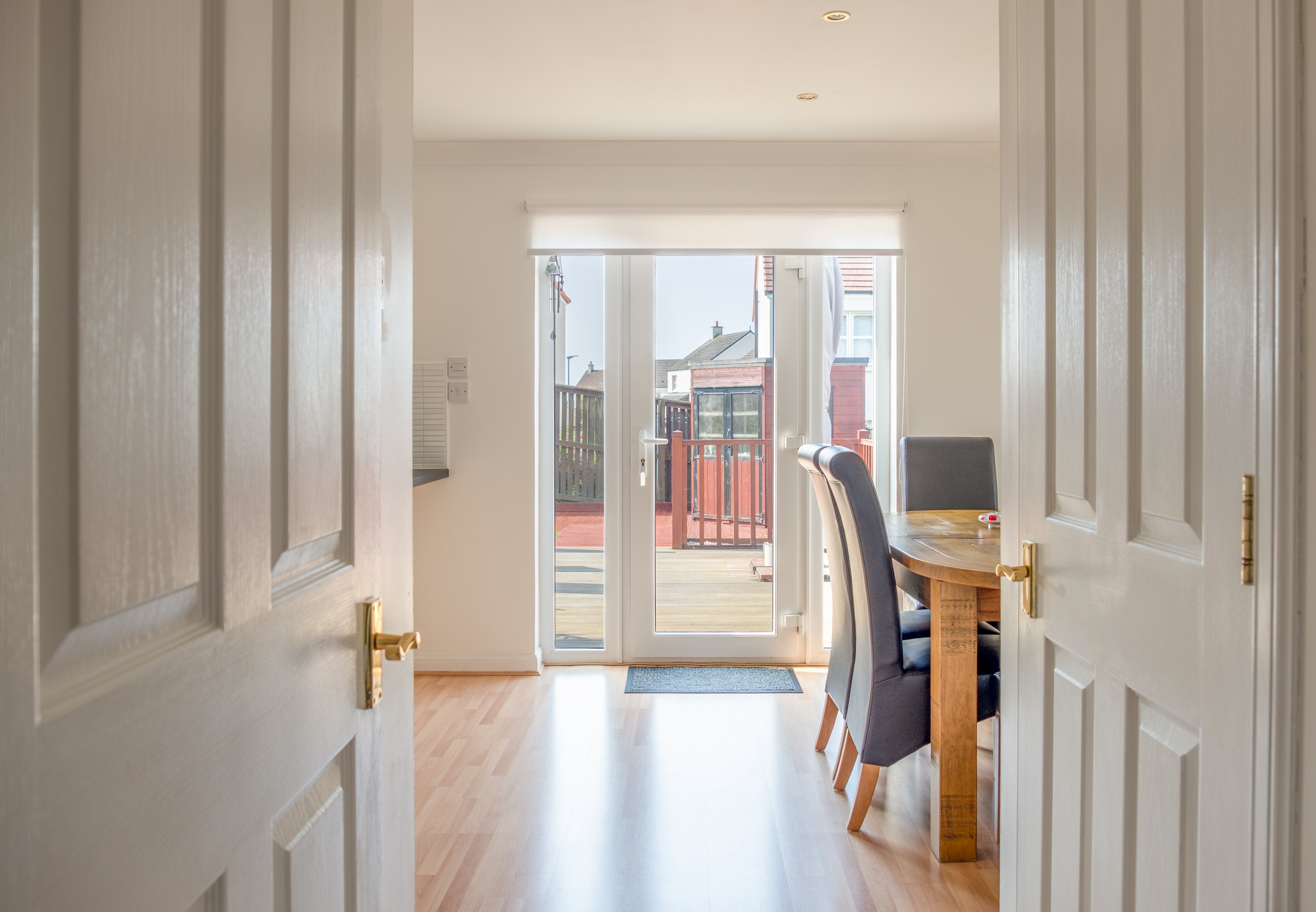
Identifying hazards
Hazards arise from faults or deficiencies in the dwelling which could cause harm. You must understand two things when it comes to recognising and testing for hazards:
The basic physical and mental needs for human life and comfort, and
How the dwelling as a whole, and each individual element in the dwelling, has an effect.
In short, a dwelling should be able to supply the basic needs for everyday life in the range of households who could normally be expected to live in a dwelling of that size and type.
The dwelling should not contain any deficiency that might give rise to a hazard which interferes with, or puts at risk the health or safety or even the lives of the occupants.
So, to test whether a deficiency is connected to one or more hazards what is needed are:
- a) An understanding of the functions and workings of each element of the unit, And
- b) The ability to assess or test whether the deficiency will cause a hazard.
The 29 HHSRS Hazards:
- Damp and mould growth
- Excess cold
- Excess heat
- Asbestos and MMF
- Biocides
- Carbon monoxide and fuel combustion products
- Lead
- Radiation
- Uncombusted fuel gas
- Volatile organic compounds
- Crowding and space
- Entry by intruders
- Lighting
- Noise
- Domestic hygiene, pests and refuse
- Food safety
- Sanitation and drainage problems
- Water supply
- Falls associated with baths
- Falls on level surfaces
- Falls associated with stairs and ramps
- Falls between levels
- Electrical hazards
- Fire
- Flames, hot surfaces and materials
- Collision and entrapment
- Explosions
- Ergonomics
- Structural collapse and falling elements
If you are unsure whether your property would pass a HHSRS inspection or you would like some advice about your property, book a free valuation with your local letting agent today.

